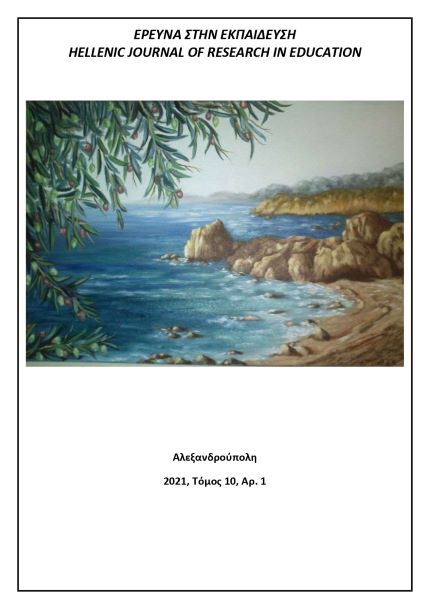Narrative intelligence: conceptual definition and educational deployment

Abstract
The paper suggests the need of deploying narrative intelligence in the contemporary educational setting. Narrative intelligence supports and enhances narrative literacy, the ability of functional and critical reception and composition of “stories”, in the broad sense of the term, in multifarious communicative contexts. In fact, this type of ability is not cultivated solely through teaching the narrative genre, as part of language teaching, but is linked closely with various subjects in the curriculum, and, most importantly, plays a fundamental role in the human understanding and interpreting of the social and physical environment. After a presentation of some basic aspects of the multiple intelligences theory, the concept of narrative intelligence is defined and the importance of its cultivation in the educational process is emphasized. Finally, there is a review of the particular skills that constitute it, as well as of main educational objectives, at which an interdisciplinary narrative curriculum could aim.
Article Details
- How to Cite
-
Κιοσσές Σ. (2021). Narrative intelligence: conceptual definition and educational deployment. Hellenic Journal of Research in Education, 10(1), 20–39. https://doi.org/10.12681/hjre.25773
- Issue
- Vol. 10 No. 1 (2021)
- Section
- Articles

This work is licensed under a Creative Commons Attribution-NonCommercial-ShareAlike 4.0 International License.
Authors who publish with this journal agree to the following terms:
- Authors retain copyright and grant the journal right of first publication with the work simultaneously licensed under a CC-BY-NC-SA that allows others to share the work with an acknowledgement of the work's authorship and initial publication in this journal.
- Authors are able to enter into separate, additional contractual arrangements for the non-exclusive distribution of the journal's published version of the work (e.g. post it to an institutional repository or publish it in a book), with an acknowledgement of its initial publication in this journal.
- Authors are permitted and encouraged to post their work online (preferably in institutional repositories or on their website) prior to and during the submission process, as it can lead to productive exchanges, as well as earlier and greater citation of published work (See The Effect of Open Access).


